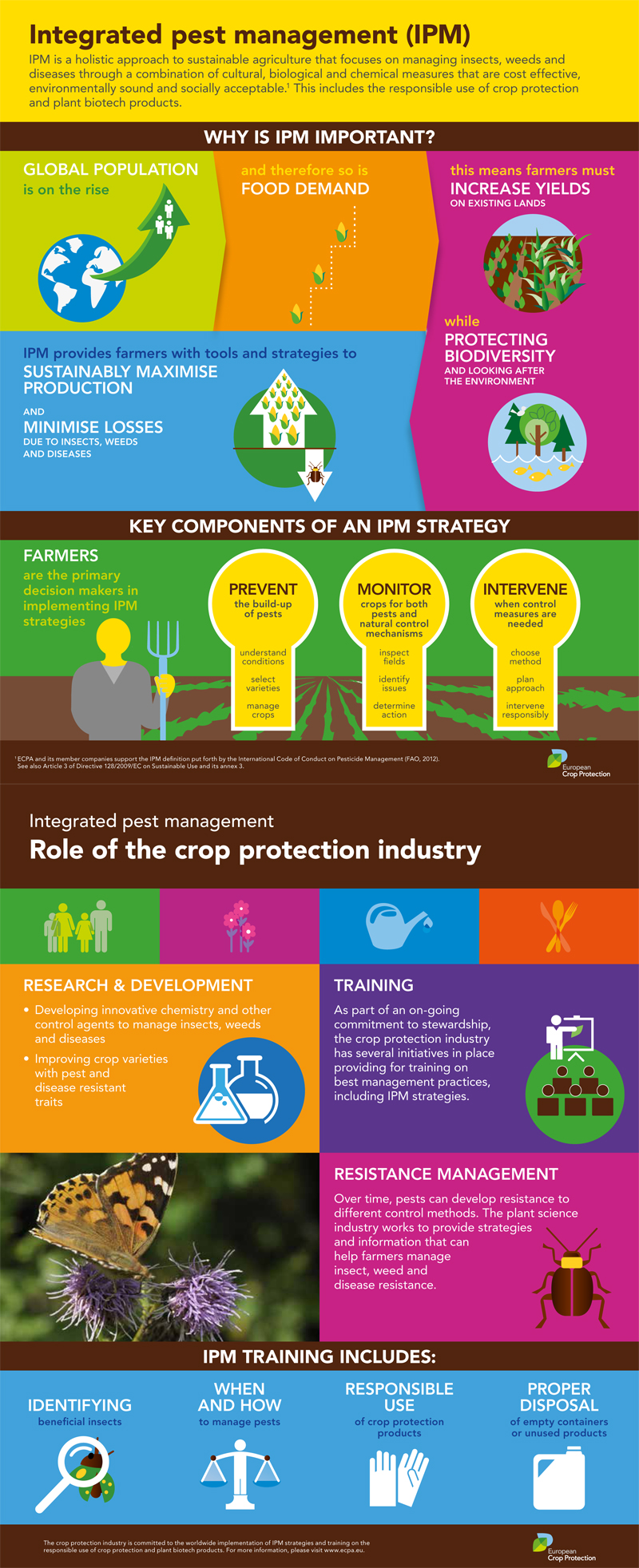Checking Out Efficient Termite Administration Techniques In A Standard Structure
Checking Out Efficient Termite Administration Techniques In A Standard Structure
Blog Article
Writer-Thisted Raahauge
Imagine a historical building calmly battling a covert hazard beneath its ancient beams. Discover exactly how a group of specialists conquered the challenge of termite problems in this architectural gem by using groundbreaking approaches that safeguarded its stability. The trip to protect this heritage site introduces a narrative of resilience and advancement, supplying important insights into the fragile equilibrium between conservation and contemporary parasite control strategies.
Historical Relevance of the Structure
The historic building you're taking care of holds tremendous cultural value in the neighborhood neighborhood. This architectural treasure has stood the test of time, witnessing generations of locals and site visitors travel through its doors. Its rich background is woven into the textile of the area, symbolizing strength and tradition. As a foundation of the community's heritage, the building acts as a tangible web link to the past, offering a look into lost periods and maintaining stories that would or else be lost to time.
Throughout the years, the structure has organized countless events, from area celebrations to events of regional society. Its wall surfaces have actually resembled with laughter, music, and the voices of those that've strolled its halls before you. By maintaining this historical framework, you aren't only protecting a physical building but likewise securing a piece of the community's identity. Accepting the historical relevance of the structure is necessary in recognizing its worth and the importance of keeping its stability for future generations to value.
Termite Invasion Challenges
Navigating with the historical significance of the building, you encounter significant difficulties presented by a termite infestation. These small parasites can wreak havoc on the structural honesty of the historic structure, causing considerable damages if left untreated. The unique architectural functions and aged wood existing in historical structures supply an excellent setting for termites to grow, making it critical to resolve the invasion quickly.
Recognizing the degree of the termite infestation is frequently a challenging task, as these creatures can delve deep right into the wooden structures, hidden from ordinary sight. Furthermore, traditional termite control methods might not be totally ideal for historical buildings as a result of the prospective injury they can create to the structure's stability and historical worth.
Maintaining https://hudsonvalleyone.com/2021/11/12/friends-of-the-feathered-and-furry-wildlife-center-carries-on/ of the structure while efficiently getting rid of the termite problem needs a fragile equilibrium and specialized knowledge. Executing tailored termite control steps that are both efficient and gentle on the historical materials is vital to ensure the lasting defense of the building.
Innovative Control Actions Applied
Executing advanced termite control strategies is important in guarding the historical stability of the structure while effectively combating the invasion. One cutting-edge procedure entails making use of non-repellent fluid termiticides. These products are essentially undetected to termites, permitting them to unwittingly come into contact with the treatment and spread it throughout the nest. https://travisgbytn.ja-blog.com/26485319/experience-the-complex-realm-of-termite-pest-control-operators-as-they-tackle-challenges-and-create-innovative-responses makes sure detailed eradication without informing the termites to stay clear of the treated locations.
Another cutting-edge approach is the installment of termite baiting systems. These systems use termite attractants combined with slow-acting toxicants. Termites feed upon the bait, share it with their swarm participants, and ultimately remove the whole populace. This targeted approach is eco-friendly and minimally invasive, making it optimal for historic structures where preserving the original structure is critical.
Additionally, employing infrared innovation for termite detection has actually revolutionized control procedures. Infrared video cameras can identify heat trademarks indicating termite activity behind wall surfaces or within frameworks. This non-invasive strategy allows for accurate targeting of treatment, minimizing damage to the building while successfully removing the termites. By integrating these ingenious control actions, the historical building can be protected from termites without jeopardizing its architectural value.
Conclusion
You've found out how innovative modern technology and non-toxic treatments conserved a historic building from termite problem.
Did you recognize that termite damage prices U.S. home owners billions of bucks yearly?
Shield your building with cutting-edge termite control procedures to prevent pricey repair services and protect its historic value.
